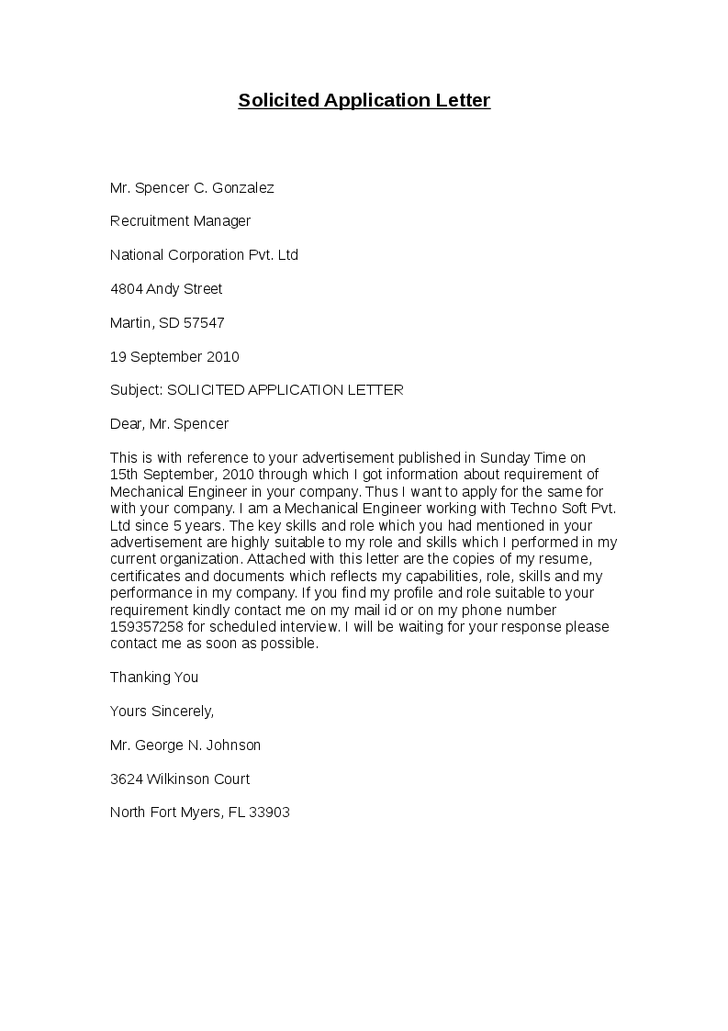
ALL BUSINESS LETTERS SOFTWARE HOW TO
Related: How To Format a Cover Letter (With Examples) 2. Include a call-to-action that encourages the reader to follow up on your application should they want to interview you and learn more about how you could fit into their company. ConclusionĮnd the cover letter with a memorable statement about why you are a good fit for the open position. If possible, include a brief anecdote that represents your relevant skills, experience and qualities from the employer’s job description. Your cover letter should complement your resume, so build off of the information in your resume to provide more specific details of your professional experience. In the body of your letter, highlight the specific skills that make you a strong candidate for the open position. Showcase your research on the job and company by expressing specific interest in both, explaining why you were drawn to the job posting and what interests you about their organization. In your introduction, discuss why you are writing by mentioning the job title, the company name and where you found the job listing. If you’re unsure of their name, use the most relevant job title such as, “Dear Hiring Manager,” “Dear Recruiter,” or “Dear XYZ Team Lead.” Avoid using “ To Whom It May Concern ,” since it may come across outdated or impersonal. Use a gender-neutral greeting such as “Dear Charlie Washington.” This person may be the hiring manager, department head or other company representative identified in the job listing. Salutationīegin the letter by addressing the person to which you are writing the letter. While not all employers require a cover letter, it is a great opportunity to explain your professional experience, qualifications and interest in the company and job.Ī cover letter should include the following sections: Contact informationĪt the top of your cover letter, include your name, phone number and email address to ensure the reader knows how to contact you after reviewing your application. Cover lettersĪ cover letter is a business letter typically sent with your resume when applying to a job.



Here are some of the most common types of business letters and when to use them: 1.


 0 kommentar(er)
0 kommentar(er)
